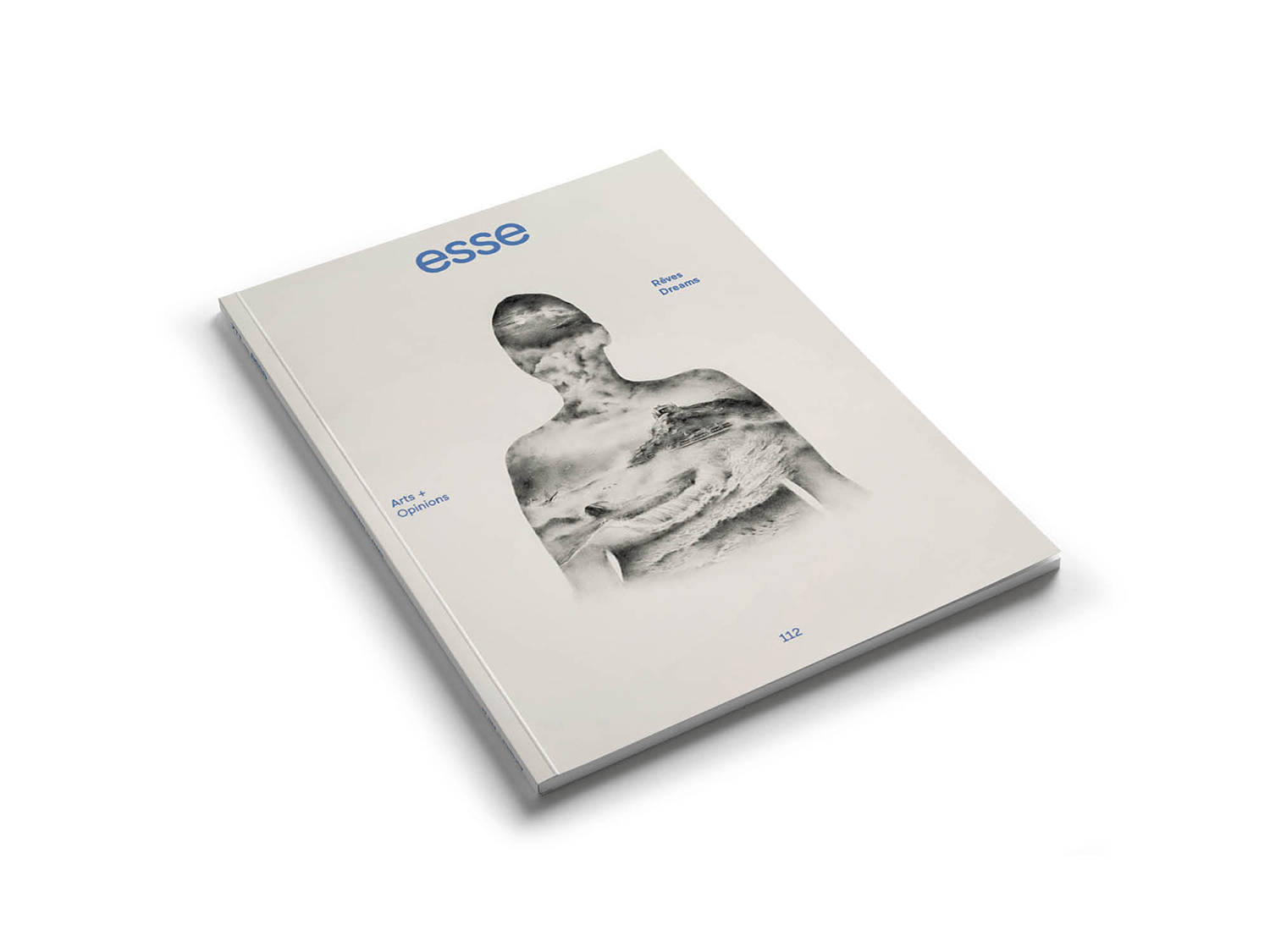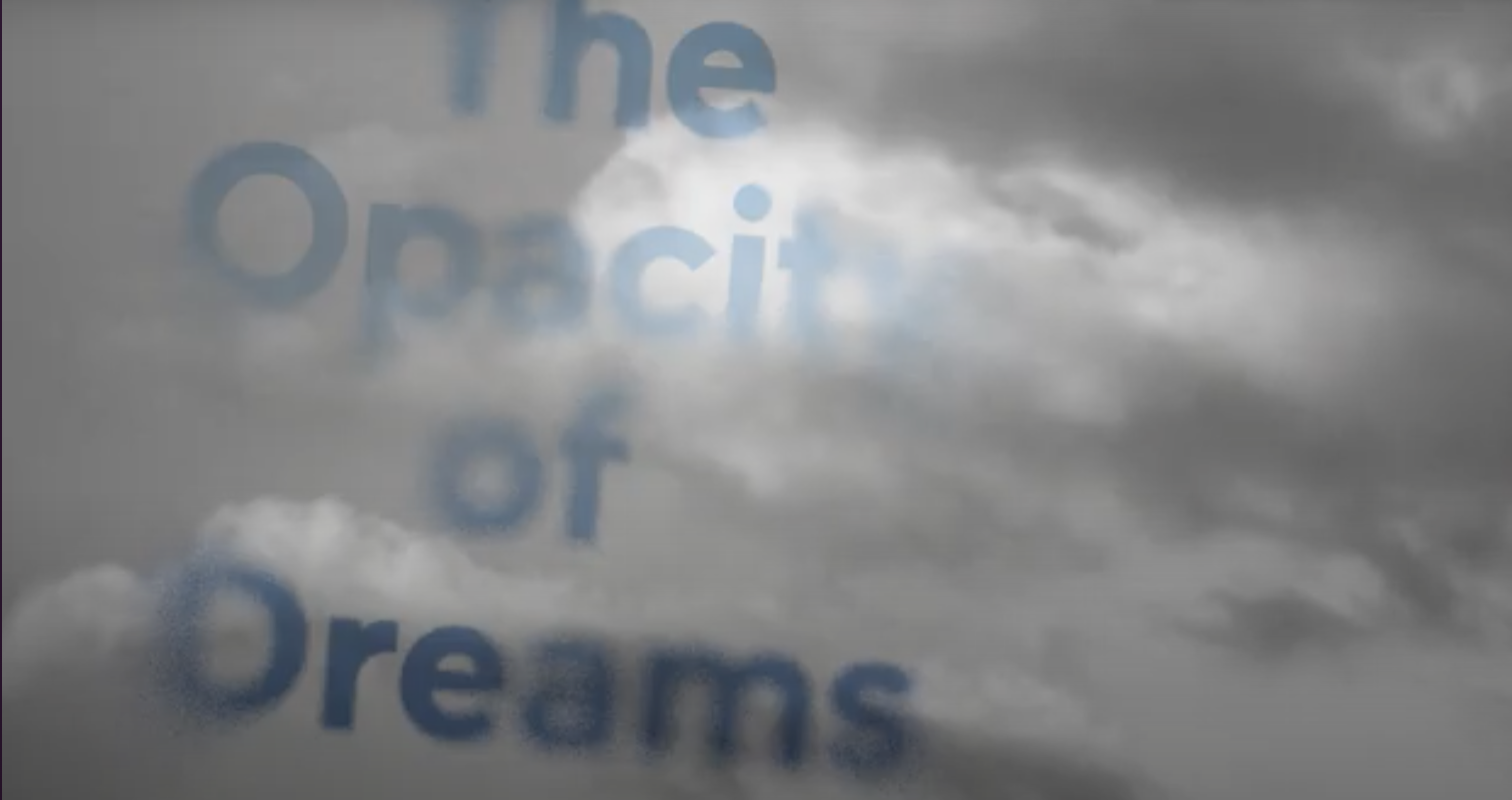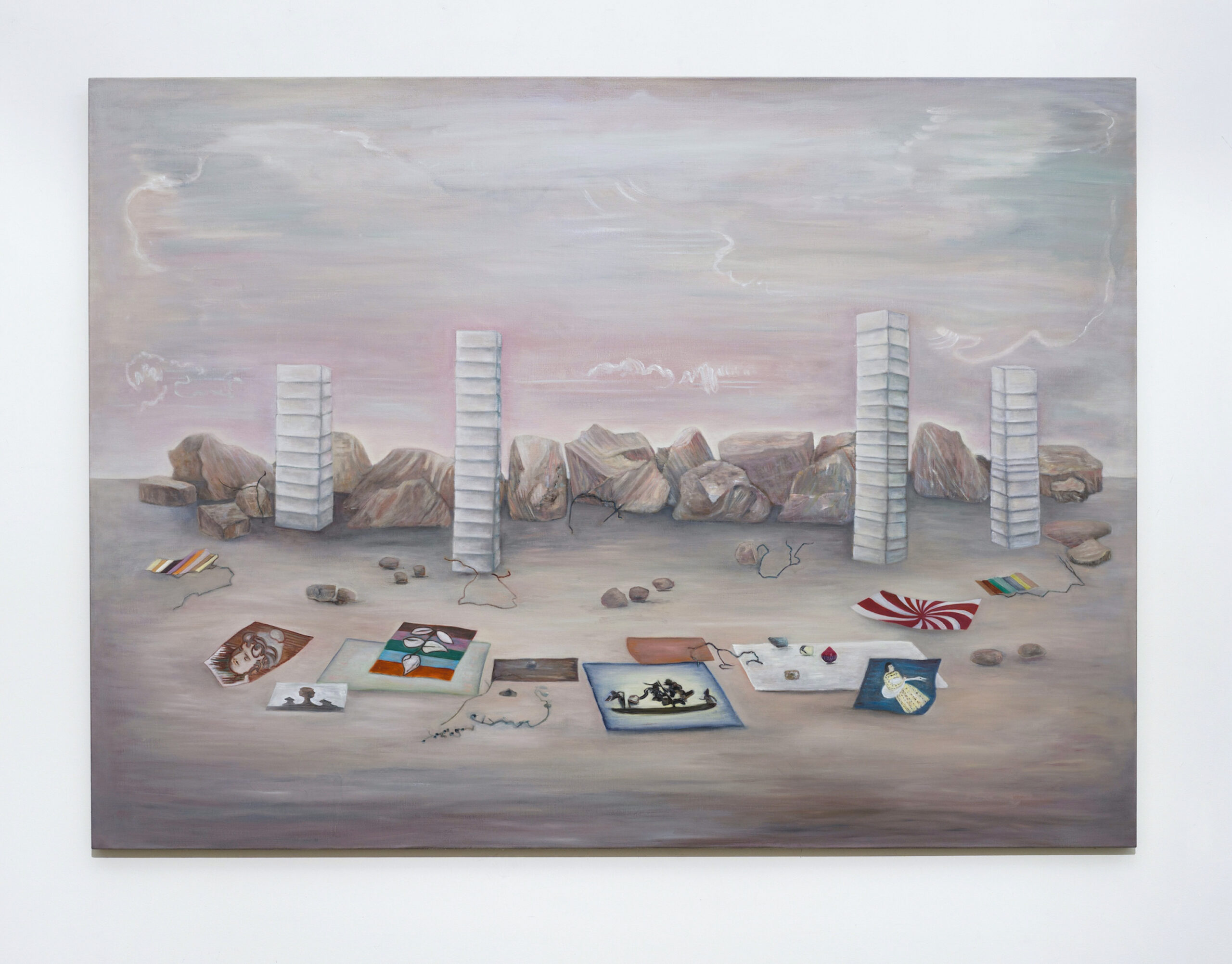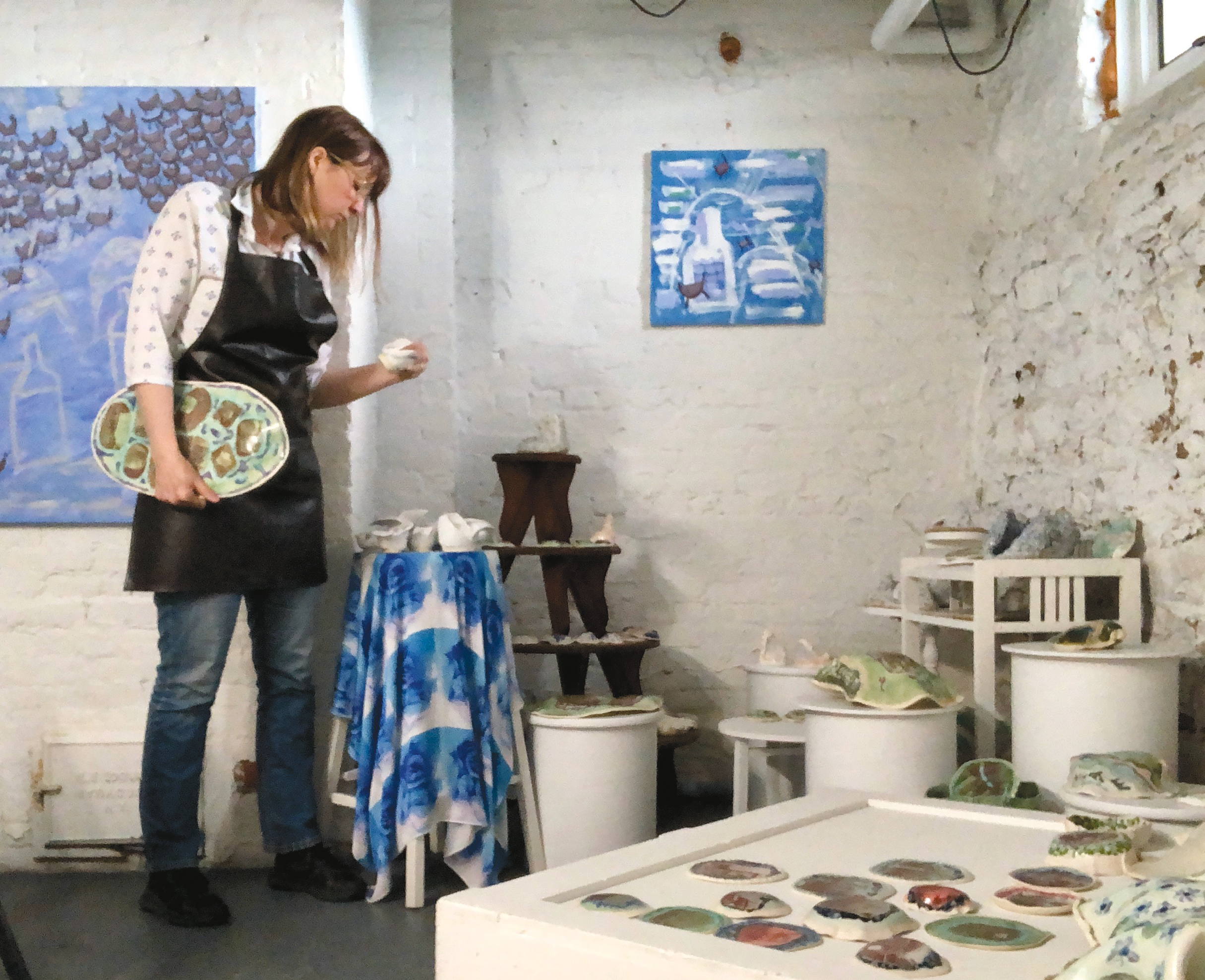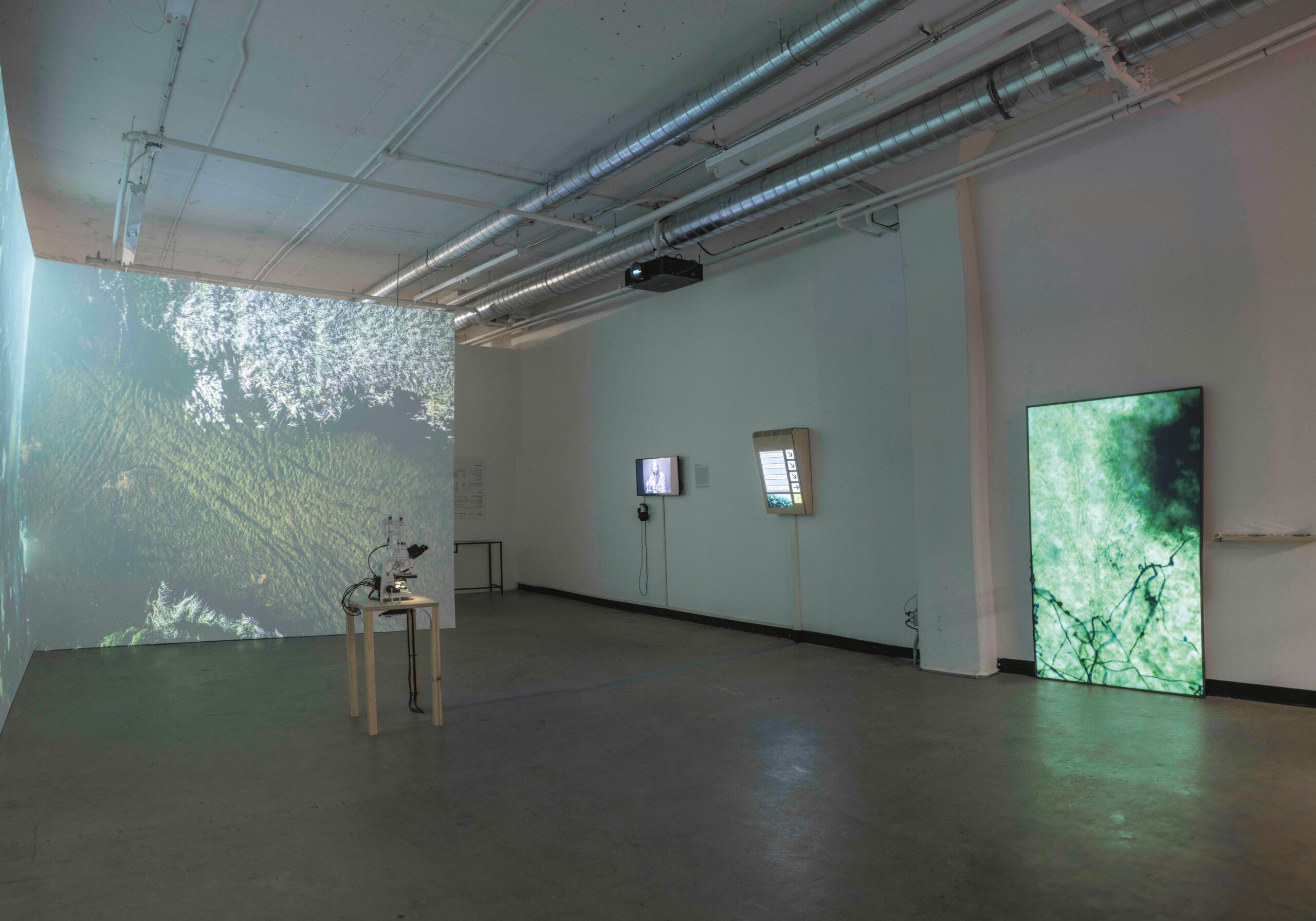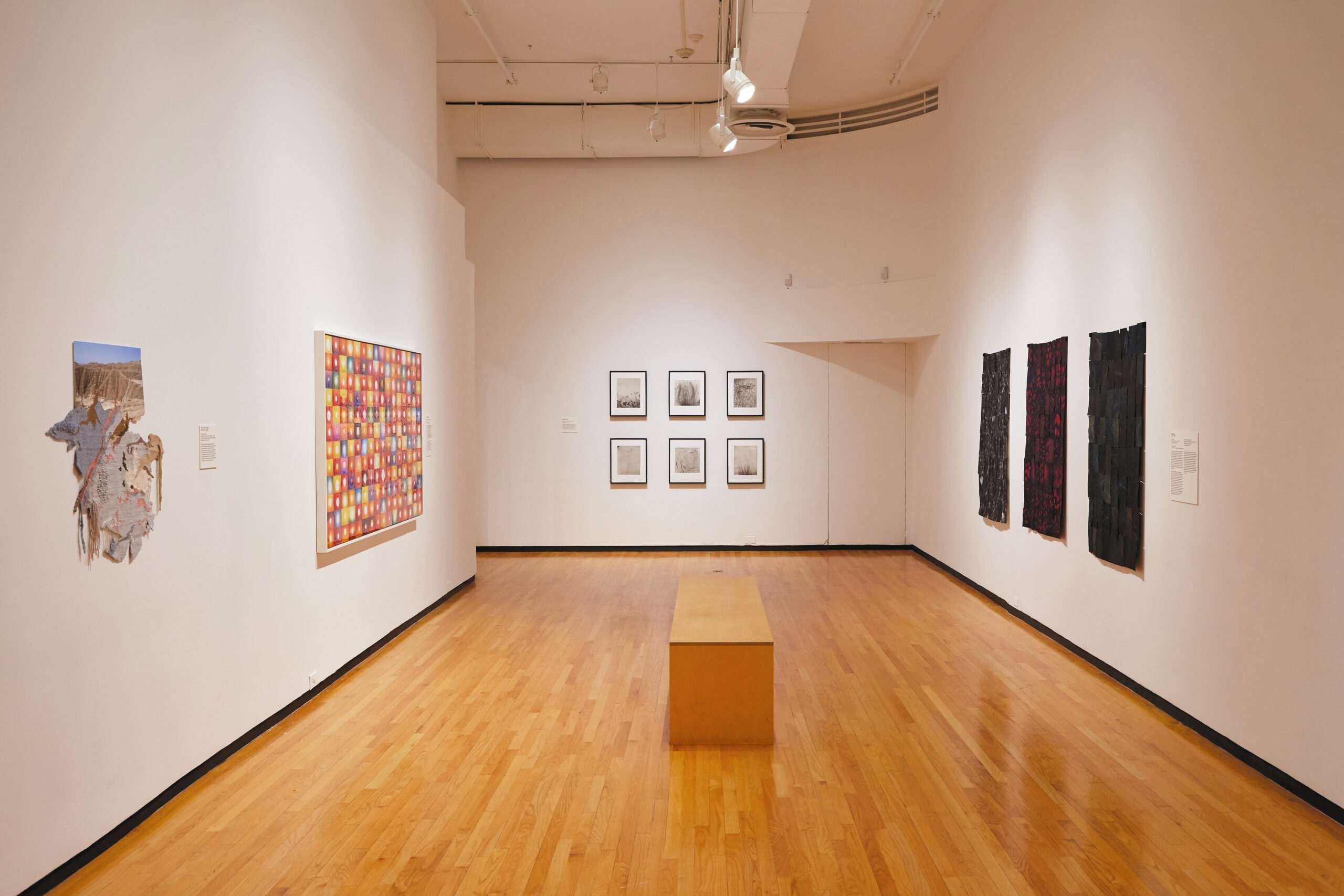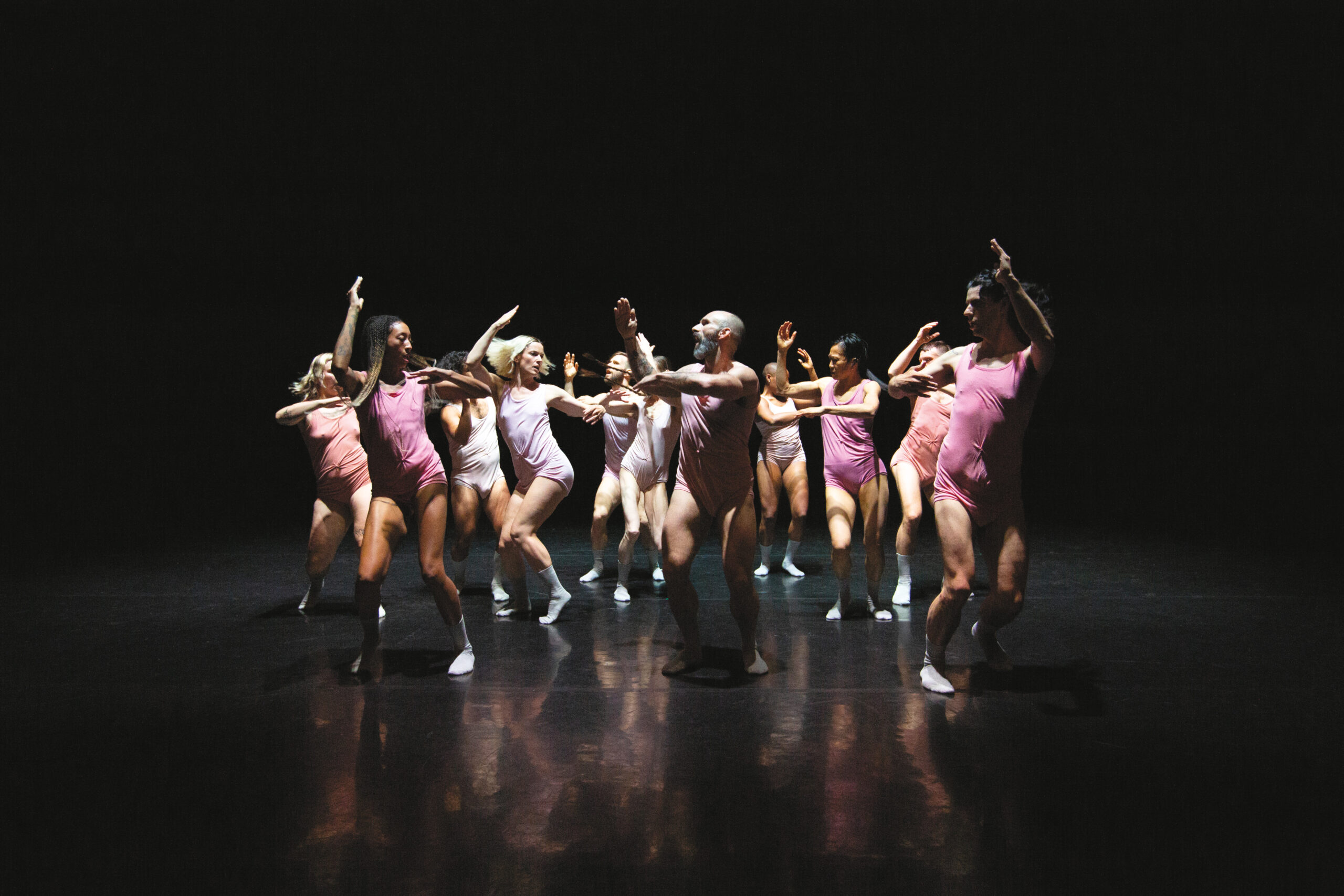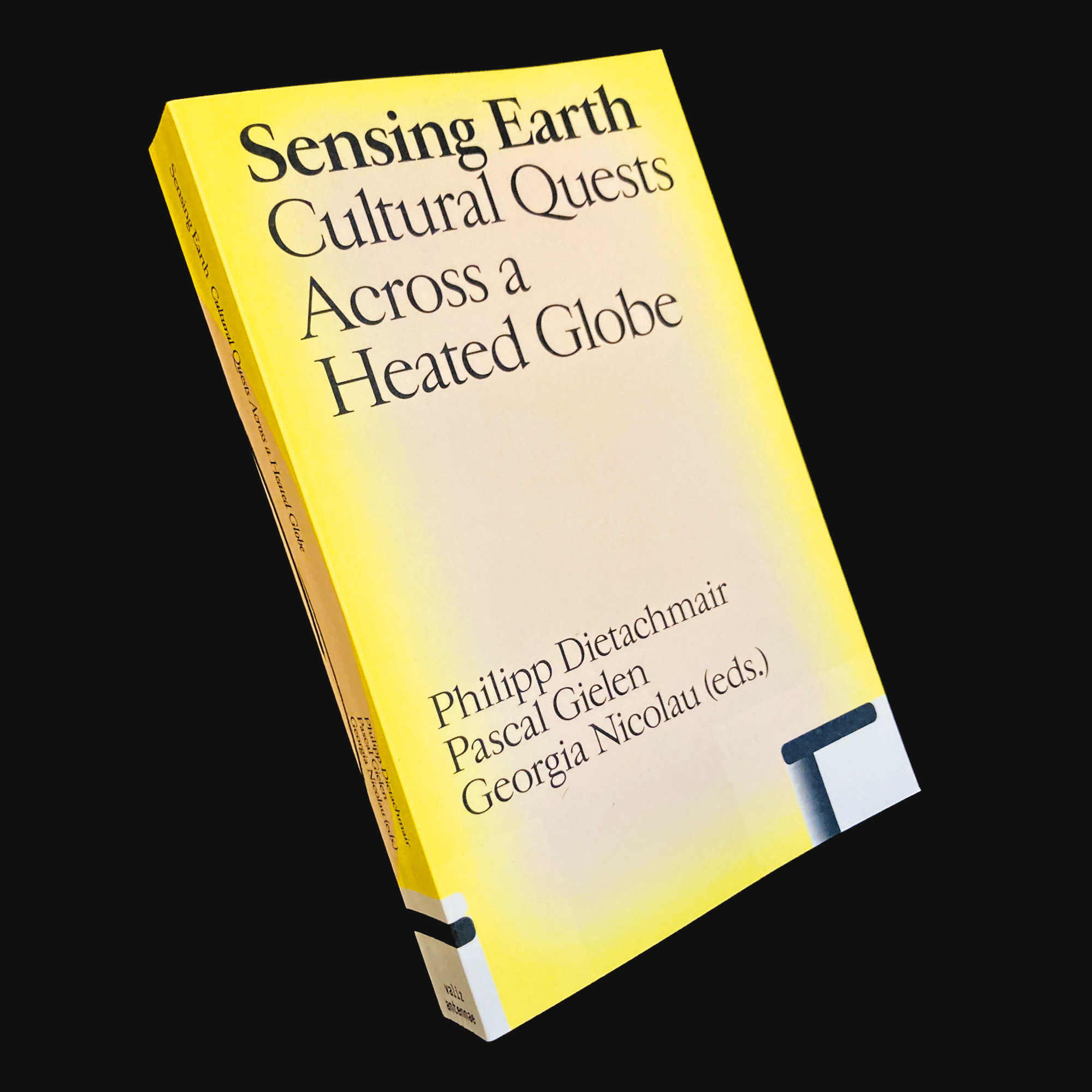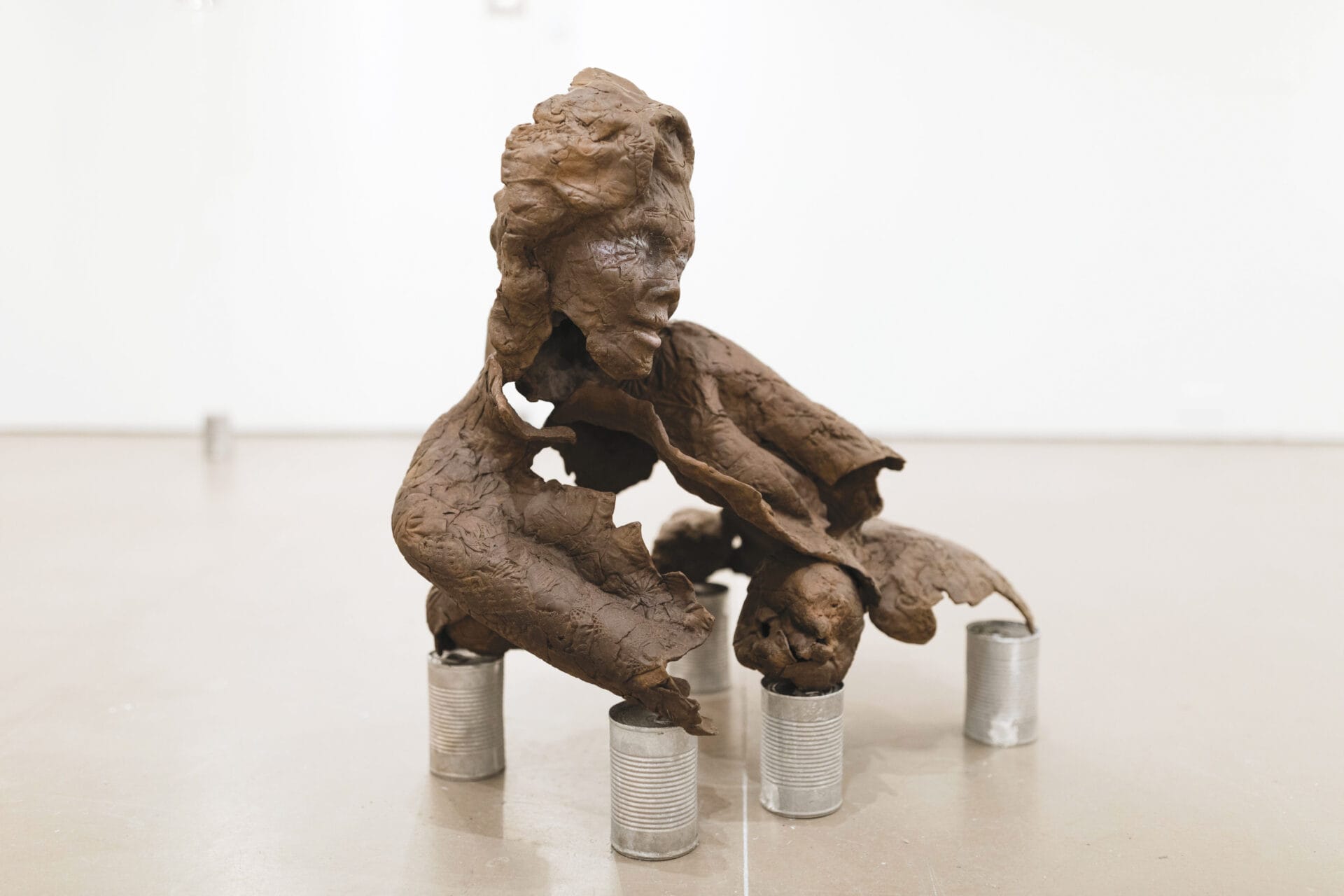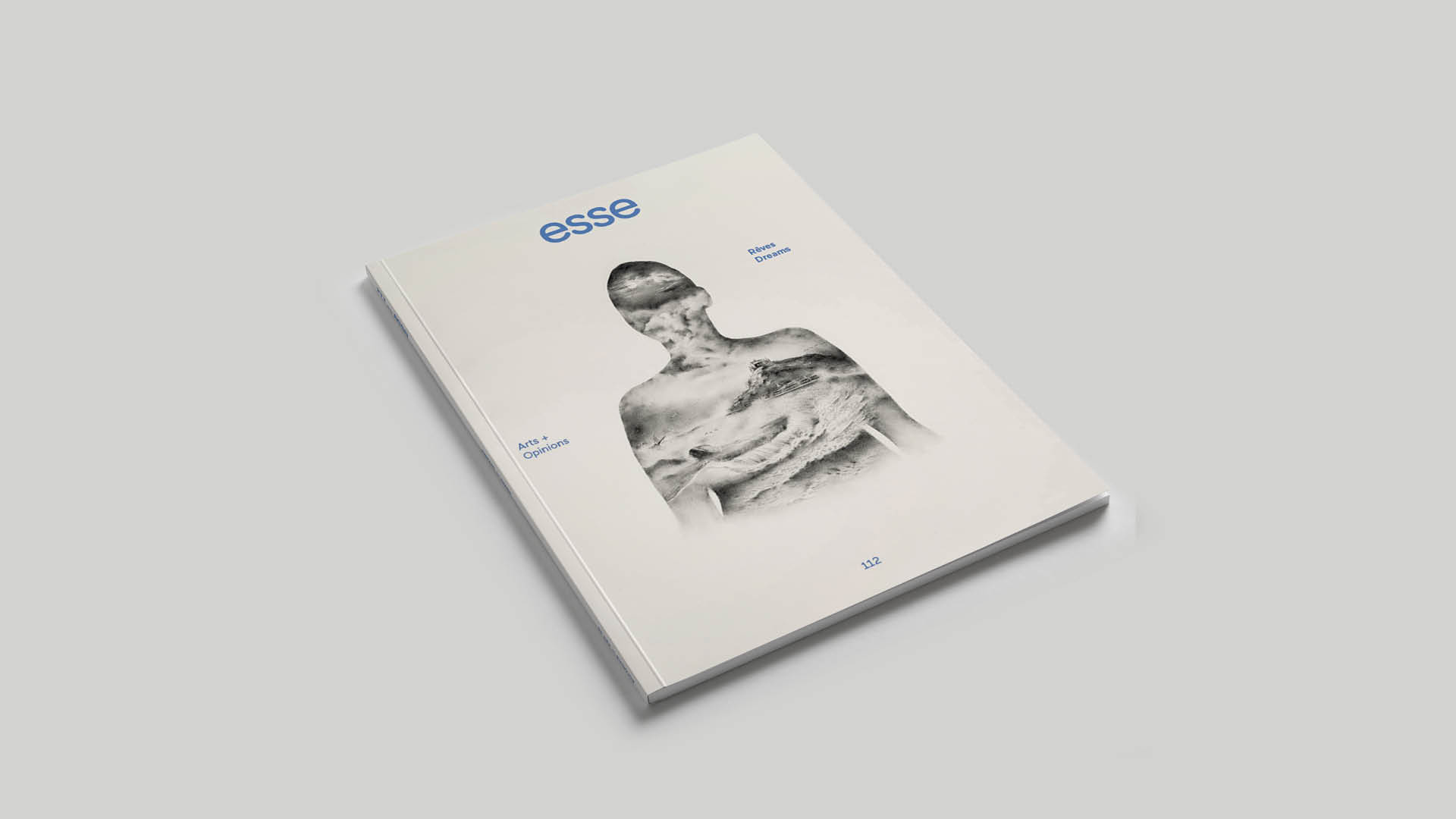Summary
112
Dreams
Fall 2024
Although dreaming is not unique to human beings, our species has always paid particular attention, even to the point of being obsessive, to the experience of dreams. From the ancient beliefs of divination or oneiromancy to the psychoanalytic approach of Sigmund Freud and Carl Jung, dreams have been used as powerful tools of self-knowledge or world-control. In the hands of artists, dreams become particularly rich materials to explore, especially since their connection to art is profound: the significance of mystery and ambivalence, the desire to resist interpretation, the ability to imagine reality in other ways. The feature section reflects on everything that defines dreams, from the mental activity that happens during sleep to the manifestation of desires or aspirations that transpires when awake, including the capacity of dreamers to represent other worlds.
Cover: Véronique La Perrière M
Le jour, le soleil, la nuit, l'abyme, les étoiles, 76 x 56 cm, 2019.
Photo: courtesy of the artist
Editorial
Feature
Portfolios
Columns
Reviews
Young Critics
Videos
Current Issue
Abstractions
Spring Summer 2025
Yet what about abstraction today? Long confined to formalist and self-referential imperatives, abstraction has gradually freed itself from the modernism yolk to recapture its evocative power. This issue proposes to turn away from the dogma of Abstraction as a historical genre to consider its various plastic and semantic avenues. In this invitation to explore abstractions, we wish to re-establish a dialogue between content and form, between the political and the poetic, by engaging with works that evoke reality differently. Whether they are qualified as abstract, non-figurative, or non-objective, these works certainly tell us stories.
